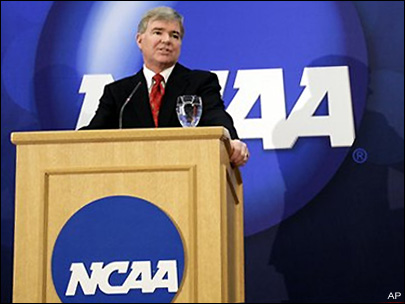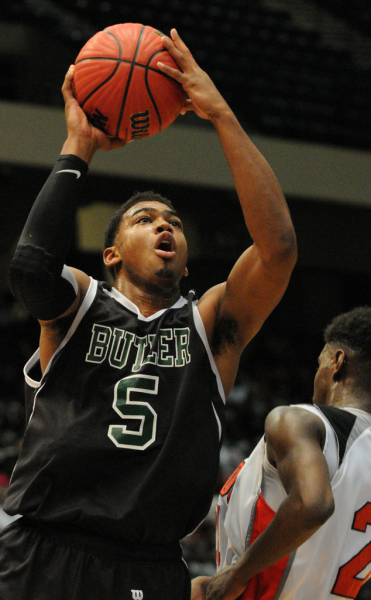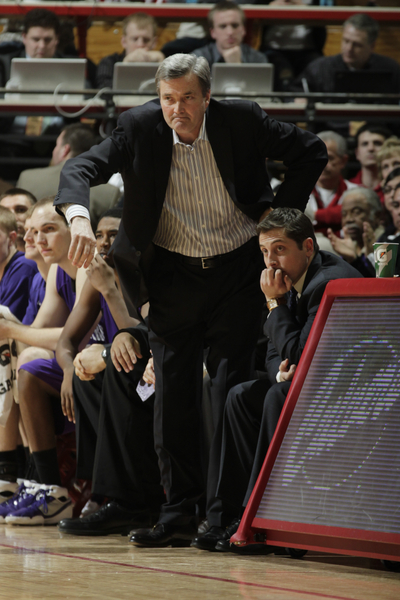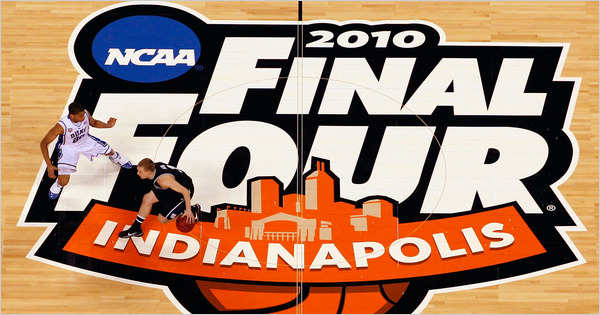Posted by Josh Paunil on May 20th, 2011

Who’s Got Next? is a bi-weekly column by Josh Paunil, the RTC recruiting guru. We encourage you to check out his website dedicated solely to college basketball recruiting, National Recruiting Spotlight, for more detailed recruiting information. Twice a week he will bring you an overview of what’s going on in the complex world of recruiting, from who is signing where among the seniors to who the hot prospects are in the lower levels of the sport. If you have any suggestions as to areas we’re missing, please let us know at rushthecourt@yahoo.com.
Introduction
The top unsigned prospects committing and a new section unveiling is just a couple of the highlights on the first ever Friday edition of the Who’s Got Next? column. We take an inside look at why the guys committed and the impact on the class rankings as well as what it means for the Class of 2012 and how prospects are affected by the coaching carousel in college basketball. We also analyze a top ten 2011 recruiting class and take an in-depth look at how a school that made the Elite Eight last year will try to replace the potential number one draft pick.
What They’re Saying

NCAA President Mark Emmert speaks out on the issue of one-and-dones.
- NCAA President Mark Emmert on one-and-dones: “I think it creates difficult problems inside universities when we’re trying to promote an emphasis on (players being) students as well as athletes.”
- Senior Trevor Lacey (#37) on committing to Alabama: “My relationship and trust with [Alabama coach Anthony Grant] set the Crimson Tide apart. I also feel the University of Alabama will provide the best opportunity for me when basketball is over. I love the people in Alabama.”
- Senior Nick Faust (#38) on why he stuck with Maryland: “Coach [Mark] Turgeon’s goal is to win a national championship and I would play a big part in that immediately.”
- Senior Jamari Traylor on committing to the Jayhawks: “It’s a good fit for me. I really like Coach [Bill] Self and coach [Kurtis] Townsend. I really like the players. On my visit I saw the campus and everything I knew it would be a good place for me.”
- Senior Sidiki Johnson on Arizona’s incoming recruiting class (which he is apart of): “We are a good class, every player brings something valuable to Arizona next year.”
- Senior P.J. Hairston (#12) on his reaction to Duke not spelling his name correctly: “I’m like, ‘OK. How can I go here? You can’t even spell my name right.’”
- Junior Devonta Pollard (#40) on climbing the rankings: “It makes me feel good. First of all it shows me that I’m not just working hard to be working hard. The work is paying off and I’m improving and I can see that.”
What You Missed

The top unsigned prospect left, shooting guard Trevor Lacey (#37), committed to Alabama Wednesday.
Lacey Stays In-State, Commits to Alabama. Class of 2011 shooting guard Trevor Lacey (#37) committed to the Crimson Tide Wednesday (to see why, check out the “What They’re Saying” section above) over Kansas and Kentucky which gives Alabama its second top 50 shooting guard along with Levi Randolph (#31). He has said all along that playing time and the school’s fan base would be two factors in his decision and it seemed like he really warmed up to the Crimson Tide crowd when they chanted his name at the Alabama vs. Miami (FL) NIT game, just one of multiple visits he made there. Lacey, who was the top unsigned prospect left on the board, will be joining small forward Rodney Cooper, power forward Nick Jacobs and center Moussa Gueye in addition to Randolph in Tuscaloosa. Alabama head coach Anthony Grant has done an excellent job reeling in top in-state talent as Lacey, Randolph and Cooper are all Alabama natives. The addition of Lacey also gives the Crimson Tide the #9 class in 2011 because of how well he will fit into their system. Lacey is a great shooter who has outstanding range and consistency and can both catch and shoot and shoot off the dribble at a high level. He can also shoot coming off a pick and with guys in his face. The bottom line about him is he won’t wow you with his athleticism but he does have good size and strength for the two-guard and he can put up big-time numbers.
Read the rest of this entry »
| Regular Features, who's got next
| Tagged: alabama, Amile Jefferson, Andy Borman, angelo chol, anthony grant, arizona, austin rivers, bill self, california, Christian Garrett, Cinmeon Bowers, deandre daniels, derrick williams, Devonta Pollard, duke, florida, Jamari Traylor, Jeff Eisenberg, josiah turner, justin anderson, kansas, kentucky, Kurtis Townsend, levi randolph, mark emmert, mark turgeon, martin breunig, maryland, Moussa Gueye, nick faust, nick jacobs, nick johnson, north carolina, P.J. Hairston, Rodney Cooper, saint louis, seth allen, Shakir Brown, shaquille cleare, sidiki johnson, sterling gibbs, temple, tennessee, texas, trevor lacey, usc, washington
Share this story


















































